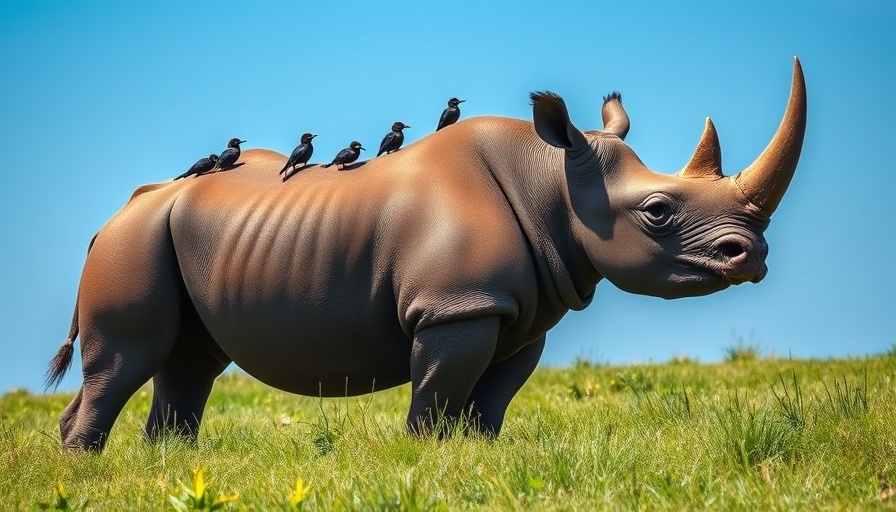
A Heartwarming Rescue: Jim the Orphaned Bear Cub
In a remarkable act of compassion, a four-month-old sloth bear cub named Jim has found safety after being rescued from a highway culvert near Bandhavgarh National Park in India. This heartbreaking story begins when Jim was discovered alone and malnourished, having believed to be abandoned following a human disturbance that frightened his mother away. After waiting four long days for her return, the forest officials took swift action due to Jim's deteriorating condition, realizing they could not wait any longer.
From Peril to Hope: Jim’s Journey to Recovery
Upon his rescue, Jim was rushed to a local care center, then transferred to the Van Vihar Bear Rescue Facility in Madhya Pradesh. This facility, which operates under the collaborative efforts with Van Vihar National Park, now serves as Jim's safe haven. The dedicated veterinary team at Wildlife SOS provides round-the-clock care, ensuring that Jim receives the nurturing and support essential for his recovery.
Jim's diet has been meticulously crafted to aid his digestion and promote healthy development, consisting of ragi porridge and milk every four hours. As he slowly regains strength, Jim exhibits playful behaviors typical of a cub, chewing on objects and rolling around in his enclosure. His playful spirit indicates that he is finding joy amid adversity.
Compassion in Action: The Role of Wildlife SOS
Kartick Satyanarayan, Co-founder of Wildlife SOS, remarked on Jim’s rescue, calling it “a second chance at life.” This sentiment resonates deeply, especially in a world where human encroachment often disrupts the delicate balance of wildlife. Nikki Sharp, the Executive Director of Wildlife SOS USA, emphasizes that Jim is not only receiving essential medical care but also emotional support necessary for his full recovery.
Understanding the Bigger Picture: Human Impact on Wildlife
This touching rescue serves as a sobering reminder of how human actions contribute to the plight of wildlife. With vertebrate populations declining by 73% over the past 50 years, driven primarily by habitat loss, pollution, climate change, and overexploitation, stories like Jim's become crucial in raising awareness about the challenges wildlife faces. Each incident reflects a larger crisis impacting biodiversity globally.
Human activities, including deforestation and urbanization, continue to destroy natural habitats, leaving many animals without the safety they need to thrive. Moreover, pollution from industrial influence contaminates air, water, and soil, intruding upon the natural environments that animals rely on. As climate change reshapes ecosystems and pushes species to the brink of survival, the urgency for action becomes more pronounced.
Taking Action: Supporting Conservation Efforts
Jim’s story isn't just about one bear cub; it's about fostering empathy and activism in the face of a wildlife crisis. It illustrates the possible outcomes when compassion and conservation efforts are combined. By adopting lifestyle choices that minimize human-wildlife conflict and supporting organizations like Wildlife SOS, individuals can make a difference.
If this story resonates with you, consider making a small donation to wildlife sanctuaries. Just $5 can support critical conservation efforts, emphasizing that every contribution counts towards preserving our natural world.
 Add Row
Add Row  Add
Add 




Write A Comment